Timeline of the Book of Acts
The Book of Acts chronicles the spread of Christianity in the decades following Jesus' resurrection. Here's a brief timeline of key events:
Pre-Pentecost Events
- Ascension of Jesus: Jesus returns to heaven (Acts 1).
- Matthias Chosen: Matthias replaces Judas Iscariot as an apostle (Acts 1:12).
Pentecost to Paul's Conversion
- Pentecost: The Holy Spirit descends upon the disciples, empowering them to speak in various languages (Acts 2).
- Peter's Preaching and Healing: Peter's sermon and healing of a lame man lead to many conversions (Acts 3).
- Ananias and Sapphira: A couple is punished for lying about their offerings (Acts 5).
- Stephen's Martyrdom: A prominent disciple is stoned to death for his faith (Acts 7).
- Saul's Conversion: Saul, a persecutor of Christians, encounters Jesus and becomes Paul, an apostle to the Gentiles (Acts 9).
Paul's Ministry
- Peter's Vision: Peter receives a vision instructing him to preach the gospel to Gentiles (Acts 10).
- Council at Jerusalem: A meeting to address the issue of Gentile conversion and circumcision (Acts 15).
- Paul's Missionary Journeys: Paul undertakes three missionary journeys, spreading the gospel throughout the Roman Empire (Acts 13-21).
Paul's Imprisonment and Trial
- Paul's Imprisonment: Paul is arrested and faces trial in Caesarea, Jerusalem, and Rome (Acts 24-28).
- Paul's Shipwreck: During his voyage to Rome, Paul's ship is shipwrecked, but he survives and continues his journey (Acts 27-28).
What is the timeline of key events in the book of Acts?
The book of Acts chronicles the spread of Christianity in the years following Jesus's resurrection. Key events include:
- Ascension of Jesus (Acts 1): Jesus returns to heaven.
- Matthias Chosen (Acts 1:12): Matthias is chosen to replace Judas Iscariot as an apostle.
- Pentecost (Acts 2): The Holy Spirit descends upon the disciples, empowering them to preach the gospel in various languages.
- Peter's Preaching and Healing (Acts 3): Peter's powerful sermon and subsequent healing of a lame man lead to many conversions.
- Ananias and Sapphira (Acts 5): A couple is struck down for lying about their offerings.
- Stephen's Martyrdom (Acts 7): A prominent disciple is stoned to death for his faith.
- Saul's Conversion (Acts 9): Saul, a zealous persecutor of Christians, experiences a dramatic encounter with Jesus and becomes Paul, an apostle to the Gentiles.
- Peter's Vision (Acts 10): Peter receives a vision instructing him to preach the gospel to Gentiles.
- Council at Jerusalem (Acts 15): A meeting to address the issue of Gentile conversion and decide on circumcision.
- Paul's Missionary Journeys (Acts 13-21): Paul undertakes three missionary journeys, spreading the gospel throughout the Roman Empire.
- Paul's Imprisonment and Trial (Acts 24-28): Paul is arrested and faces trial in Caesarea, Jerusalem, and Rome.
- Paul's Shipwreck (Acts 27-28): During his voyage to Rome, Paul's ship is shipwrecked, but he survives and continues his journey.
When did the events in the book of Acts take place?
The book of Acts begins around 30 AD, shortly after Jesus's resurrection, and ends around 62 AD with Paul's imprisonment in Rome.
What is the significance of the timeline of the book of Acts?
The timeline of the book of Acts provides a historical framework for the spread of Christianity in the early years. It shows how the church grew from a small group of followers in Jerusalem to a global movement that reached the major cities of the Roman Empire.

